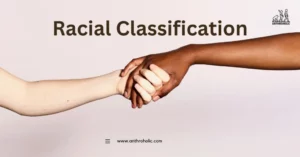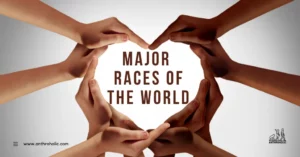AI Answer Evaluation Platform Live Now. Try Free Answer Evaluation Now
Jajmani System
The Jajmani System is an ancient socio-economic institution in India, primarily observed in rural areas. It’s a system of interdependence between different caste groups, where services are exchanged for agricultural produce or money.

Historical Background
Origins and Evolution
The term ‘Jajmani’ originates from the Sanskrit word ‘Yajman,’ meaning patron [1]. This system represents the traditional occupational division of labor, with roots dating back to the Vedic period.
Table 1: Historical Timeline of the Jajmani System
| Period | Development |
|---|---|
| Vedic Period | Early emergence of the system |
| Medieval Era | Formalization and codification |
| Colonial Period | Disintegration and transformations |
| Modern Era | Partial persistence and adaptations |
Key Concepts
The Jajmani system can be understood through the following fundamental concepts:
- Jajman: The patrons, usually landowners or higher-caste members.
- Kamin: The service-providing families or individuals.
- Balutedar System: A variant of the Jajmani system, particularly in Maharashtra [2].
Structural Functioning
Roles and Responsibilities
Different caste groups offer specific services to each other. For example, a Brahmin may perform rituals, while a barber provides haircuts, all within a closed economic loop.
Table 2: Common Roles in the Jajmani System
| Caste | Service |
|---|---|
| Brahmin | Religious rituals |
| Carpenter | Woodwork |
| Blacksmith | Metalwork |
| Barber | Haircutting and shaving |
Mode of Exchange
Goods or money is often exchanged for services. This relationship may be hereditary, passing through generations, building social bonds and trust.
Impact on Society
Social Stability
The Jajmani system historically fostered social stability by establishing a framework for interdependence. This sense of unity helped in maintaining peace within the community [3].
Economic Aspects
It established a self-contained economic system, reducing dependence on external markets. However, it has been criticized for reinforcing caste hierarchies and exploitation of lower castes [4].
Cultural Implications
The system also had cultural ramifications, deeply ingrained in the community life, traditions, and values.
Contemporary Relevance
With urbanization and modernization, the Jajmani system has witnessed decline and transformation. Some argue that it still exists in modified forms, while others see it as a fading relic.
Challenges and Criticisms
Modern economic opportunities, legal provisions, and social change have challenged the traditional system. It has been critiqued for perpetuating caste-based discrimination and limiting socio-economic mobility.
Conclusion
The Jajmani System, an emblem of India’s rich socio-cultural fabric, is an intriguing subject for anthropologists and sociologists. While it played a crucial role in shaping traditional Indian society, its relevance in contemporary times is debatable.
References
[1] Sharma, K.L. (1980). “The Jajmani System in North India”. Man in India, 60(1), 65-79. https://www.beck-elibrary.de/en/document/view/detail/uuid/62ed0660-edcd-3d9e-bb6e-b91875b131a1
[2] Srinivas, M.N. (1955). “India’s Villages”. Asia Publishing House.
[3] Marriott, M. (1955). “Little Communities in an Indigenous Civilization”. In M. Marriott (Ed.), Village India: Studies in the Little Community.
[4] Béteille, A. (1965). “Caste, Class, and Power: Changing Patterns of Stratification in a Tanjore Village”. University of California Press.




